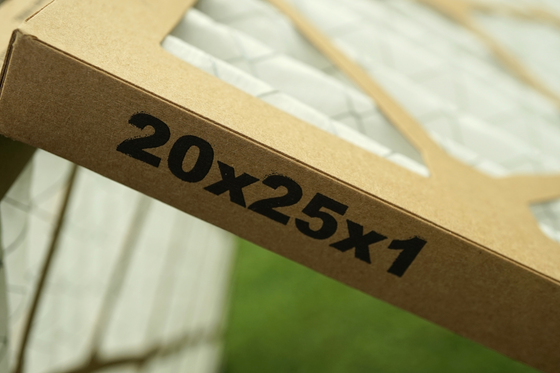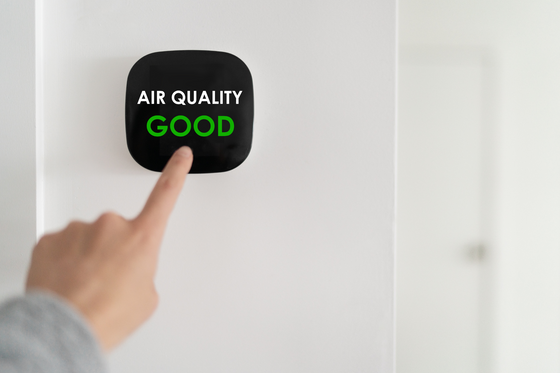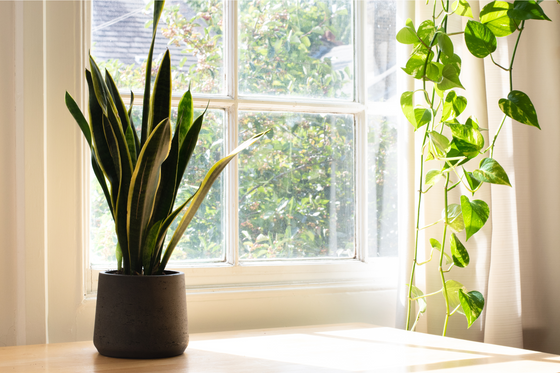
Maintaining a clean home is important for a variety of reasons, from improving the appearance of our living spaces to promoting good health and hygiene. However, traditional cleaning methods often rely on harsh chemicals that can have a negative impact on indoor air quality. In this article, we'll explore the dangers of chemical cleaning products, natural alternatives, and tips for green housekeeping to keep your home clean without compromising air quality.
One of the main concerns with chemical cleaning products is the potential health risks they pose. Many contain toxic ingredients that can cause a range of issues, from skin irritation to respiratory problems. Some common chemicals found in cleaning products include ammonia, bleach, and phthalates, which have been linked to various health problems.
To avoid the dangers of chemical cleaners, it's important to consider natural alternatives. These can be just as effective at cleaning and disinfecting, without the harmful side effects. If you're looking to ditch the chemical cleaners and go natural, there are plenty of options available using common ingredients found in your kitchen. Here are a few examples of natural cleaners you can make at home:
By using natural ingredients like vinegar, baking soda, and essential oils, you can easily create your own cleaning solutions that are safe and effective. Not only will you be avoiding the potential health risks of chemical cleaners, but you'll also be doing your part to protect the environment.
In addition to using natural cleaners, there are several other ways to adopt a more sustainable approach to housekeeping. One option is to use microfiber cloths and mop heads, which can effectively pick up dirt and bacteria without the need for harsh chemicals. You can also look for eco-friendly cleaning products, which are made with natural ingredients and are less harmful to the environment.
Maintaining good indoor air quality is crucial for the health and well-being of you and your family. In addition to using natural cleaners, it's important to ensure proper ventilation in your home to allow fresh air to circulate. You can also invest in air purifiers and air filters to help remove pollutants from the air. Finally, consider planting some indoor plants, which have been shown to help purify the air and improve overall air quality. Many common houseplants are natural air purifiers, meaning they absorb pollutants from the air and release clean, oxygen-rich air. Some examples of air-purifying plants include spider plants, aloe vera, and peace lilies.
In conclusion, green housekeeping is a smart choice for both your health and the environment. By choosing natural cleaners and sustainable cleaning practices, you can keep your home clean without compromising indoor air quality. Encourage others to follow suit and spread the word about the benefits of sustainable cleaning practices.
Comments will be approved before showing up.


